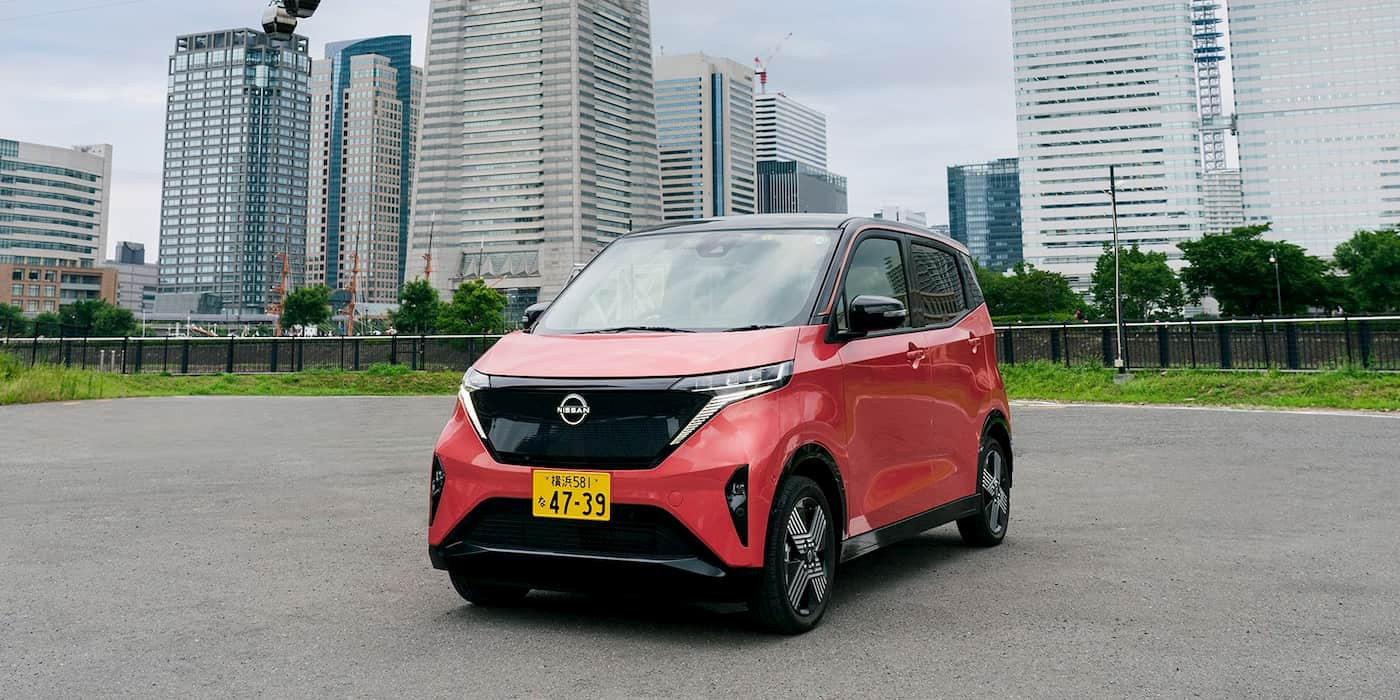
A new breed of electric vehicles is drawing inspiration from Japanese kei cars, tiny cubes-on-wheels that are highway-legal but not likely to pass muster with US or EU safety standards. But what if we loosened up those standards to help lower prices, enabling broader adoption of EVs to people who don’t have 30 grand or more to spend on a car? That is, at least, one of the ideas that French automaker Renault’s head Luca de Meo has put on the table.
Recently, de Meo, who also heads up the ACEA, the European Automobile Manufacturers’ Association, took to the stage at a press conference to argue against the instability of European legislation on their industry. He says that they are now facing eight or nine European regulations coming into force each year until 2030, with some of them being contradictory. An incredible amount of time, energy, and money is monopolized to work to meet the demands, with de Meo saying that 20% of the company’s engineers are “almost entirely” dedicated to making sure products developed in-house comply with the standards. These standards encompass everything from safety to pollution levels to visibility and infotainment systems, among other things.
Basically, he argues that Europe needs to adopt a less fluctuating and intense framework to keep the playing field level for European automakers to stay in the game and make some cheaper cars. If Europe simplifies the rules, consumers can enjoy a 40% reduction in car prices by 2027-2028, he argues.
It’s a very tempting proposition, especially when you factor in his idea of creating a whole new category equivalent to kei cars in Europe (we’ll include the US here as a thought experiment) – like in Japan, these cars, too, would have limits in terms of their size, weight, and power, all in exchange for less stringent safety requirements while benefiting from tax breaks. Picture a tiny car with a tiny battery priced as low as $10,000 – in terms of size, it’s not quite a Citroën Ami but not a Tesla Model 3 either.
De Meo has officially stated that he has drawn inspiration from kei cars for an upcoming crop of EVs coming out of Ampere, Renault’s EV subsidiary, especially the new electric Twingo. While inspired by the first-generation hatchback from the ’90s, the new Twingo has adopted some kei aspects, such as a slight cube-style shape maximizing interior space in a reduced size with five doors. Renault hasn’t yet released any specifications on the car but promises an efficiency of up to 6.2 miles per kWh, with a price set for under €20,000, or around $22,000. But still, the new Twingo needs to comply to European standards, especially in terms of crash testing (and we might see that price crawl up before it becomes available). That’s the main reason we don’t see Japanese models outside of Japan, such as its bestselling EV kei car, the Sakura.
Electrek’s Take
There are a ton of reasons why this makes sense – just in practical terms of having better access to cheap, light cars that are easy to drive and park. People want small, lightweight cars for short commuter trips or city driving, and lighter EVs would take some pressure off roads as well. And if you’re worried about being cramped, they are designed to maximize interior space, so the boxy frame offers plenty of leg and headroom to keep you comfortable for a little while at least.
Of course, if the idea of being behind the wheel of a highway-legal kei car on a five-lane freeway with SUVs and trucks bearing down on you is terrifying, I agree. It’s really a game of physics here – big, heavy vehicles with long hoods and big crush zones take the advantage here. But clearly, the trend is going in the wrong direction, and we need more small cars on the road, not the two-ton behemoths that are being sold now. Small, cheap EVs fill a huge void in the market. And, of course, we’re not talking about radically reducing safety regulations either – I’m old enough to remember riding in a Yugo, the world’s unsafest car and a harrowing experience because it was a literal tin can. Unsafe, cheap cars sold to people who can’t afford all the safety bells and whistles is depressing, and seeing safety reductions for cost savings is a tricky proposition long-term. It’s more about finding some middle ground. If we could get it right, this could be a great move.
FTC: We use income earning auto affiliate links. More.